How to deal with spider mites on indoor plants?
One of the most dangerous pests that parasitize indoor flowers and horticultural crops is the spider mite. The microscopic animal feeds on the sap of the plant, as a result of which the flower loses its foliage, begins to wither and dies. Due to the scanty size of the pest and resistance to many chemicals, getting rid of spider mites on indoor plants is very difficult. Since these arachnids multiply incredibly quickly, the fight against them must be started immediately and all existing methods must be used - from folk remedies to the use of chemicals.
How do you recognize a spider mite?
The spider mite is a very small arachnid. The length of its oval body is no more than 0.5 mm, so it is extremely difficult to detect the pest without a magnifying glass. Each adult has four pairs of legs and is covered with sparse bristles. Depending on the plant on which this small animal parasitizes, it can be brown, red or greenish in color.
Ticks settle on the back of the leaves and feed on plant sap. Not always, but quite often, parasites weave a web, completely entangling all parts of the flower.
The spider mite reproduces incredibly quickly. Under favorable conditions, within ten days after the appearance of one specimen, a colony of young individuals can be found. Arachnids love hot dry climates and cannot stand high humidity and low temperatures. In the cold season, development of larvae and reproduction in adult females is suspended, but as soon as climatic conditions improve, massive infection can occur. Pests quickly move from one plant to another, which further exacerbates the situation.
Female spider mites hatch from fertilized eggs. They are larger than males and have a red or brown color. The eggs laid by the female tick are small and transparent; they cannot be seen with the naked eye, which further complicates the fight against the pest. The rate of development of the embryo depends on the ambient temperature. If at + 10 ° C the larva turns into an adult in 15–20 days, then at + 25 ° C this period will be reduced to 3 days. Under favorable conditions, after 7 days, the egg turns into an adult, capable of breeding offspring. This must be borne in mind when scheduling when processing plantings.
With the onset of autumn cold weather, most of the females go to winter, during which they do not need food. They leave the plants and move to the upper parts of the room, clogging up in the cracks of the frame or window sill. Therefore, the fight against spider mites does not end with spraying the plants - it is also necessary to process the place where the potted crops are.
Why are mites dangerous for indoor plants?
The spider mite likes to settle on plants with delicate juicy leaves, for example, on violets, chrysanthemums, indoor roses. He cannot bite through rough thorny leaves, therefore this pest is almost never found on cacti and ficuses.
The arachnid gnaws a hole in the skin of the leaf and sucks out the juice, as a result of which the leaf plate becomes covered with white spots and thin cobwebs. It is these signs that indicate that a spider mite is parasitizing on the plant. In addition to leaves, the pest can feed on the juice of the inflorescences, after which the flowering plant looks ugly.
The destruction of the cells of the leaf plate leads to a decrease in photosynthesis. The flower does not receive the necessary nutrition, it weakens and is easily exposed to various diseases. The harm from a spider mite also lies in the fact that the animal moves from flower to flower, transferring the infection from a sick plant to a healthy one.
In advanced cases, a healthy flowering plant, a few days after infection, will have a rather sad appearance - white dry leaves entangled in cobwebs, at the ends of which a lump of parasites moves. Such a flower can only be thrown away.
All of the above signs indicate the appearance of a spider mite on indoor plants. Every florist should know how to deal with this pest and prevent the death of his winter garden.
Spider mite control methods
The key to success in the fight against spider mites is speed. As soon as the slightest damage to the leaves is noticed, drastic measures must be taken. The fight against the arachnid parasite consists of several stages. First of all, you need to rinse the leaves of the plant with plain water, then choose a suitable insecticide and treat the flower and soil with a chemical. Folk remedies that you can prepare yourself will be of great benefit in destroying pests.
Measures for cleaning plants from pests
Having found a pest on the leaves of a room culture, the first step is to sanitize the plant. To do this, add laundry soap, grated on a coarse grater, or a few drops of any dishwashing detergent to warm water, and make a soap solution. Each leaf is washed with a sponge dipped in soapy water.
Since some of the parasites can be in the pallet, on the outside of the pot and even on the windowsill, it is necessary to wipe all these things and places with a sponge and detergent. After such a procedure, the number of harmful animals will be significantly reduced.
The treated plant should be thoroughly watered, sprinkled and sealed in a plastic bag for three days. The spider mite is most afraid of moisture, so many individuals will die from high humidity and lack of air.
Important!
The plant under the bag should not be placed on the sunny side, as a sharp rise in temperature under the polyethylene can burn the leaves.
Chemicals
After washing the ground parts of the plant, it is worth starting drastic measures - to apply special insectoacaricides against pests. The fight against spider mites is complicated by the resistance of the parasite to the composition of the chemical preparation. Therefore, for re-processing, it is better to take a spider mite remedy with a different composition.
The most effective drugs used against ticks are acaricides. These drugs are quite toxic and can cause significant harm to people and animals, which must be borne in mind when processing a home.
The safest of the acaricides are biological-type agents. They do not pose a threat to human health, so they can be safely used in residential premises. There is only one drawback of these funds - they do not act on sleeping females and eggs, so the treatment will need to be carried out several times. The interval between treatments depends on the ambient temperature and can be from 4 to 10 days. The hotter and drier in the apartment, the more often the plants should be sprayed with acaricides. If the air temperature drops below 18 ° C, the effectiveness of drugs decreases sharply.
Here are some remedies to get rid of spider mites.
- Fitoverm. The drug, produced by Russian manufacturers, has an enteric effect on the spider mite and some harmful insects. The preparation contains spores of fungi that enter the pest's body through the mouth opening and cause its death. This product is absolutely safe for people and warm-blooded animals.Rules of use: the drug in an amount of 2 ml is stirred in 1 liter of water and once a week the infected plants are sprayed.
- "Vertimek". The insecticide is designed and manufactured by Swiss manufacturers. Toxic, therefore requires careful handling. If a tick infestation is noticed on time, one treatment is enough. In advanced cases, the treatment is repeated after 7 days. This tool is used as follows: 3 ml of the pesticide is dissolved in 10 liters of water and the plants are sprayed, after which they put on a plastic bag.
Important!
Vermitic has a 2nd hazard class and is very toxic to fish, birds and animals. Do not allow drug particles to get into water sources, feed and food. Plants should be treated with special clothing, glasses and rubber gloves.
- "Aktofit". A natural neurotoxin that, when a pest enters the body, paralyzes its nervous system and leads to its death. The drug is not addictive to pests, which is its obvious advantage. Treatment of indoor plants with "Aktofit" is carried out twice with an interval of at least two weeks.
Folk remedies for tick control
In cases where it is not possible to use chemical preparations for treating plants from spider mites, inexpensive, but proven folk remedies can be dispensed with.
- Medical alcohol. This method is only suitable for plants with coarse thick leaves! To get rid of pests, it is enough to wipe the leaves with a cotton swab dipped in rubbing alcohol.
- Soap. Laundry soap is whipped into a thick foam, with which the leaves of the plant are coated on both sides. The soap film prevents the parasites from breathing, and they die. If the flower has many small leaves, you can spray the soap with a spray bottle.
- Garlic. Spider mites do not tolerate strong odors, including garlic scent. A solution for treating potted crops is prepared as follows. Peel and chop five heads of garlic. The gruel is poured into 1 liter of water and insisted in a dark place for about a week. Then filter the infusion, add another 1 liter of water and treat the affected plant.
- Colloidal sulfur. Spraying with a solution of colloidal sulfur is effective against spider mites. To prepare the solution, take 50 g of sulfur paste and 10 liters of non-hot water, dissolve the sulfur in the liquid and spray the flower. White bloom that appears on the leaves after processing can be washed off in the shower after two days.
- Onion peel. A decoction of onion husks will help scare off the pest, for the preparation of which they take a glass of dry husks and 4 liters of water. The mixture is boiled for 10-15 minutes, insisted and cooled. Houseplants are sprayed with broth.
These are just a few ways to combat spider mites that do not require the purchase of expensive and toxic drugs.
Prevention
It is very difficult to cope with small pests that have settled on an indoor flower. It is much easier to prevent them from multiplying. For this, preventive measures must be followed, which include regular watering and spraying, maintaining normal humidity in the room. The plant must be inspected as often as possible and at the first signs of a tick infestation, take measures to destroy the pest.
Most often, a tick enters a living room with a new plant brought from a store. Therefore, the new "tenant" must be carefully examined and put in a separate room for several days, arranging for him a kind of quarantine.
A spider mite is a harmful microscopic animal that multiplies very quickly and is capable of causing irreparable damage to indoor plants in a short time. To completely get rid of parasites, you will have to make a lot of effort and do more than one treatment.
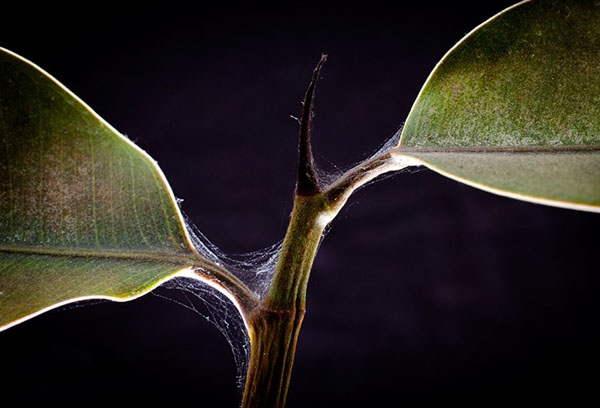

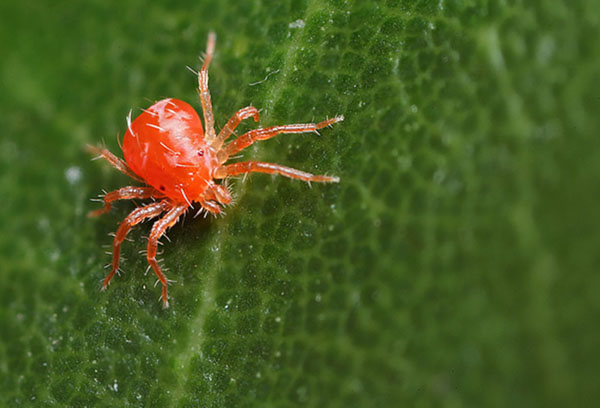
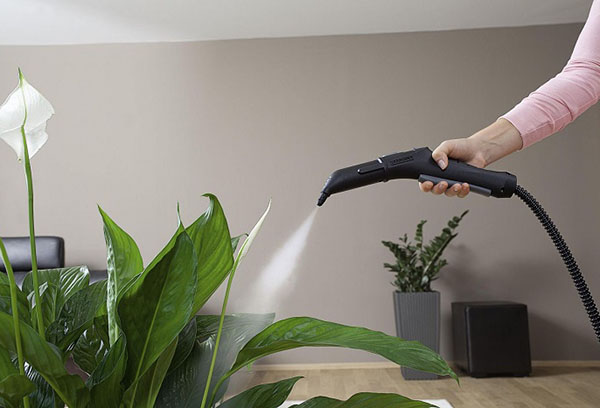
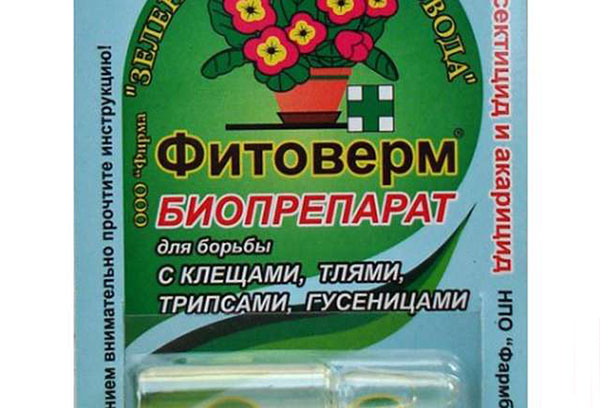

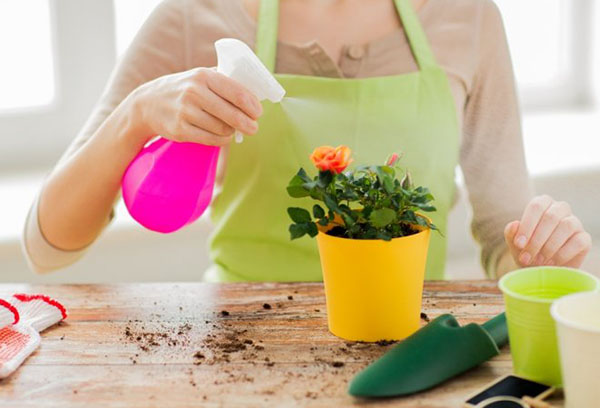
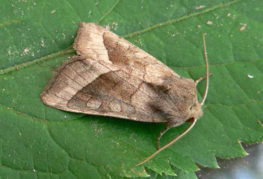
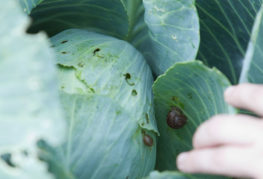
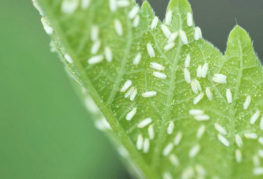

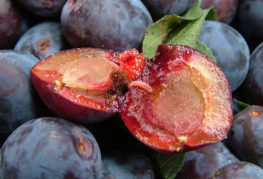
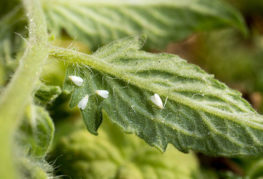
and will be published shortly.